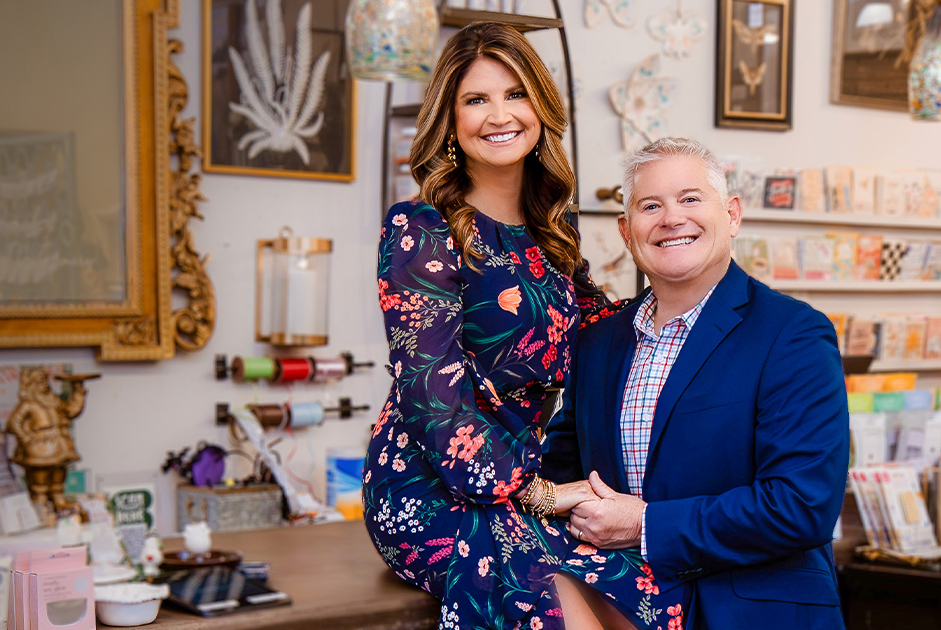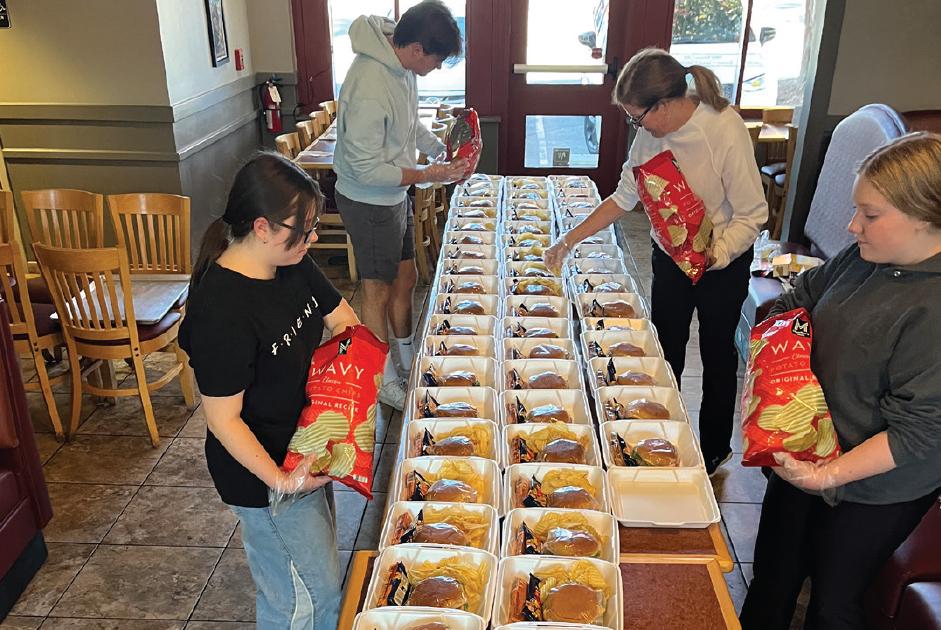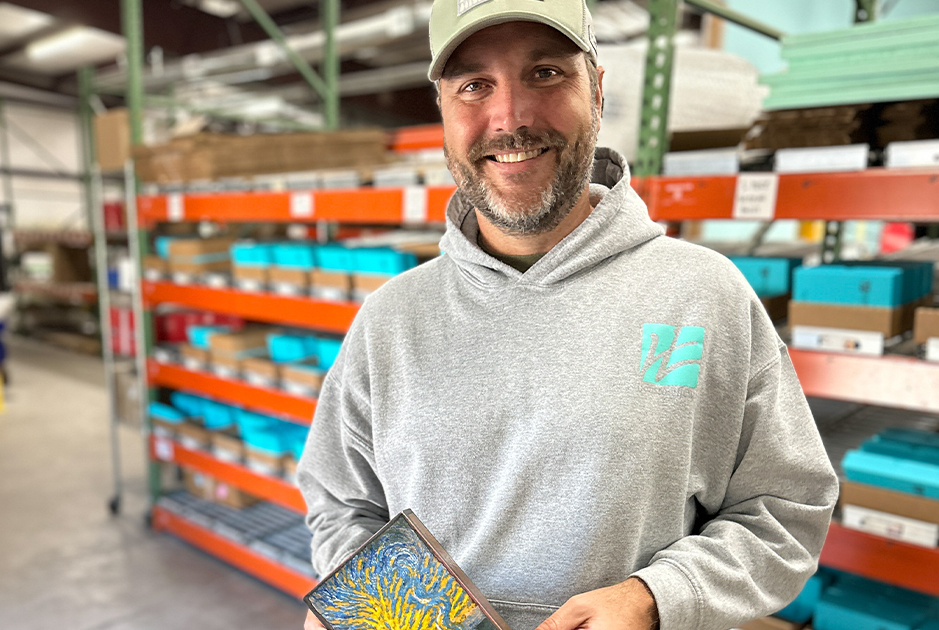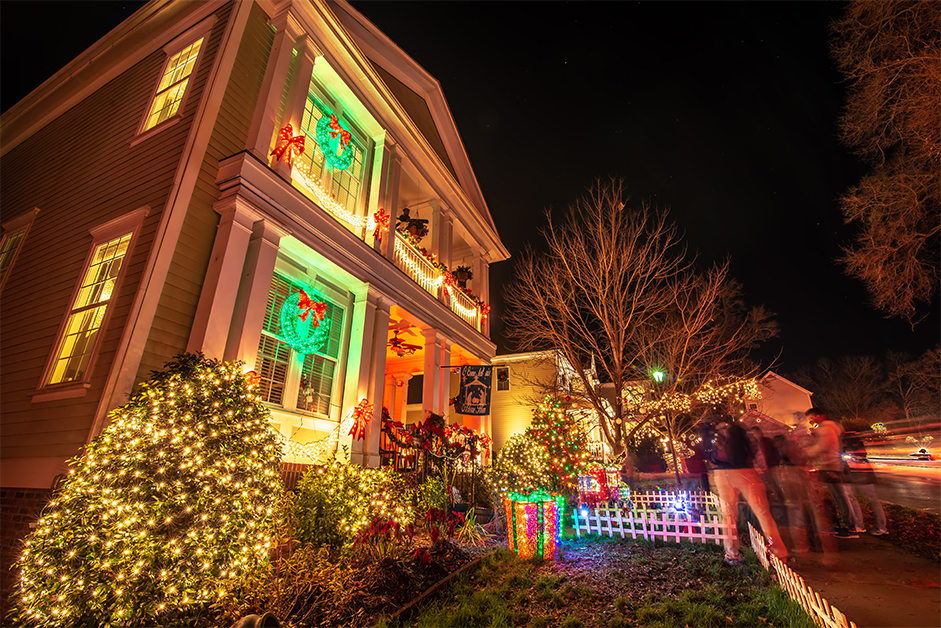No confectionary treat symbolizes the holiday season quite like the spicy, candy-laden, edible gingerbread house. The modern-day U.S. Christmas tradition of gathering friends and family members to assemble and decorate these fantastical houses actually has roots (pardon the pun) in China. The ginger root srigavera (Sanskrit) is translated “root shaped like a horn” – a fitting name for its unusual appearance. It was first cultivated in ancient China about 5,000 years ago as a tonic to treat countless illnesses including common digestive ailments, a practice many in the healthcare industry still use today to reduce nausea. From there, ginger made its way along trade routes to India, Asia, and Africa, and by the 1st century, it arrived in Europe. Food historians generally agree that it was the Greeks who discovered the spice’s usefulness as a preservative, but there is great debate about who lays claim to the first known gingerbread recipe. Some say credit goes to the Greeks around 2400 AD, while others insist it originated in France in 992 AD. Interestingly, the term gingerbread initially meant preserved ginger and did not apply to the scrumptious desserts we enjoy today.
Around the turn of the 15th century, German bakers began making hard gingerbread cookies that were often shaped like animals, kings and queens, gilded with gold leaf. These heavily adorned gingerbread treats, known as “fairings”, were served at medieval fairs across Europe and became synonymous with all things “fancy and over the top.” However, it would be another 2,000 years before the ornamented gingerbread houses we are familiar with came onto the scene in Germany. Reportedly, the popularity of the ginger spiced biscuit-walled houses (lebkuchenhäuschen) soared on the heels of the (not-so-Christmassy) Grimms’ original fairytale of Hansel and Gretel, in which the little boy and girl stumbled upon a house made entirely of treats deep in the forest. Exactly how the link was established between this fairytale where two children almost got cooked and eaten by the witch until they turned the tables and cooked her instead, and the beloved Christmas tradition of decorating gingerbread houses, remains unclear.
“When they came nearer, they saw that the house was built of gingerbread, and roofed with cakes, and the window was of transparent sugar.”
~Hansel and Gretel, 1812
Gingerbread houses arrived in the New World with the German settlers, and Americans have been practicing increasingly complex and record-breaking feats of confectionary engineering ever since. The former gingerbread fairs of Europe in the Middle Ages paved the way for our “sweet and spicy” U.S. gingerbread house competitions of today. In 1992, a small group of locals from Asheville, N.C., built a few gingerbread houses to usher in Christmas at Grove Park Inn as a one-time endeavor, but three decades later it has become one of the nation’s most celebrated and competitive holiday events. The Traditions Club in Bryan, Texas, holds the title of the “nation’s biggest gingerbread house.” This nearly 2,500 square feet marvel is 60 feet in length, 42 feet wide, and over 20 feet tall at its highest point. To put this into perspective, the house (which required a building permit) consists of 1,800 pounds of butter, 1,080 ounces of ground ginger, 7,200 eggs, 7,200 pounds of flour, 3,000 pounds of brown sugar, 225 gallons of molasses, and 22,304 pieces of candy for decoration. Wow!
Best Candies for Decorating
- Gumdrops and Dots
- M&Ms
- Holiday Hershey’s Hugs and Kisses
- Mini Candy Canes
- Peppermints
- Sprinkles and Pearls
- Twix Chocolate Bars
- Red and Green Licorice
ROYAL ICING RECIPE
Royal icing is perfect for decorating gingerbread houses and cookies. This sweet, hard icing makes piping and intricate designs easy. (thespruceeats.com)
Ingredients
- 4 large egg whites
- 1 lb. powdered sugar
- 1 tsp. lemon juice
- food coloring, if desired
Directions
- Beat the egg whites on high speed until foamy.
- Switch to low speed and gradually sift the sugar into the egg whites until it’s completely incorporated.
- Add the lemon juice and beat on high speed until the icing is very thick and forms stiff peaks, about 5 to 10 minutes.
- At this point, you can add the food coloring if you’re only going to need a full batch of one color. If you need more than one color, separate quantities of icing into individual bowls and just stir in the coloring you want.



















